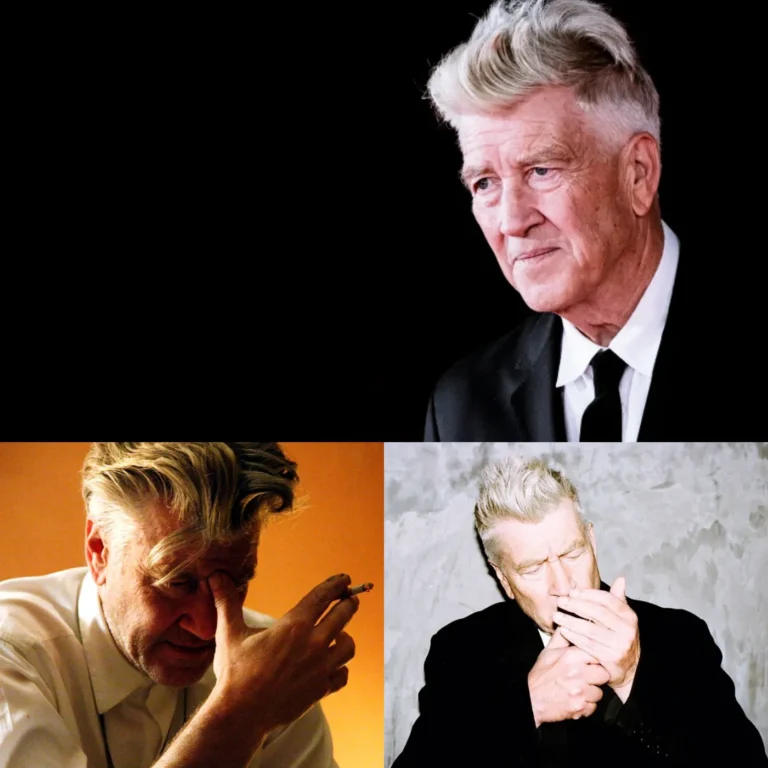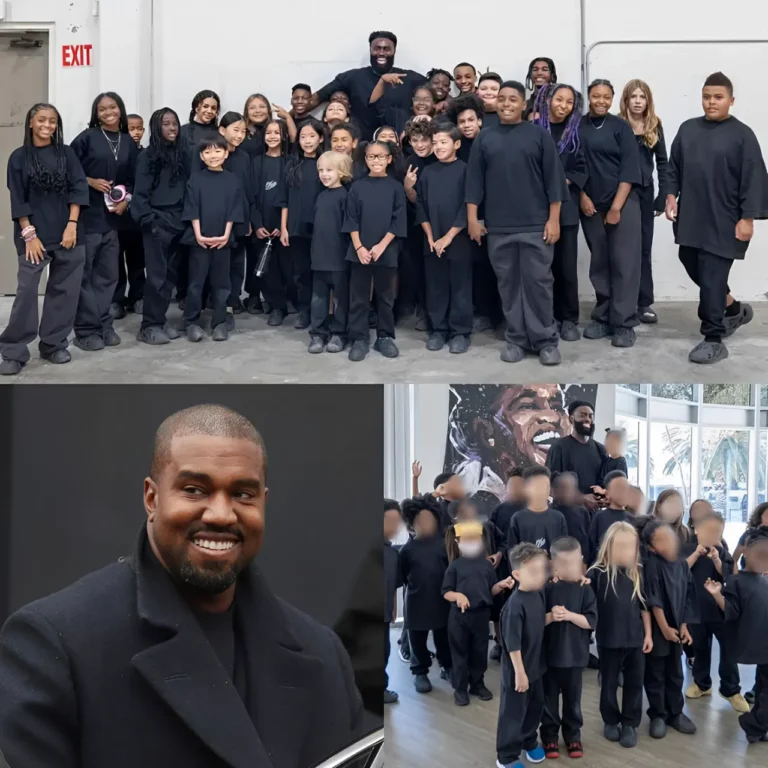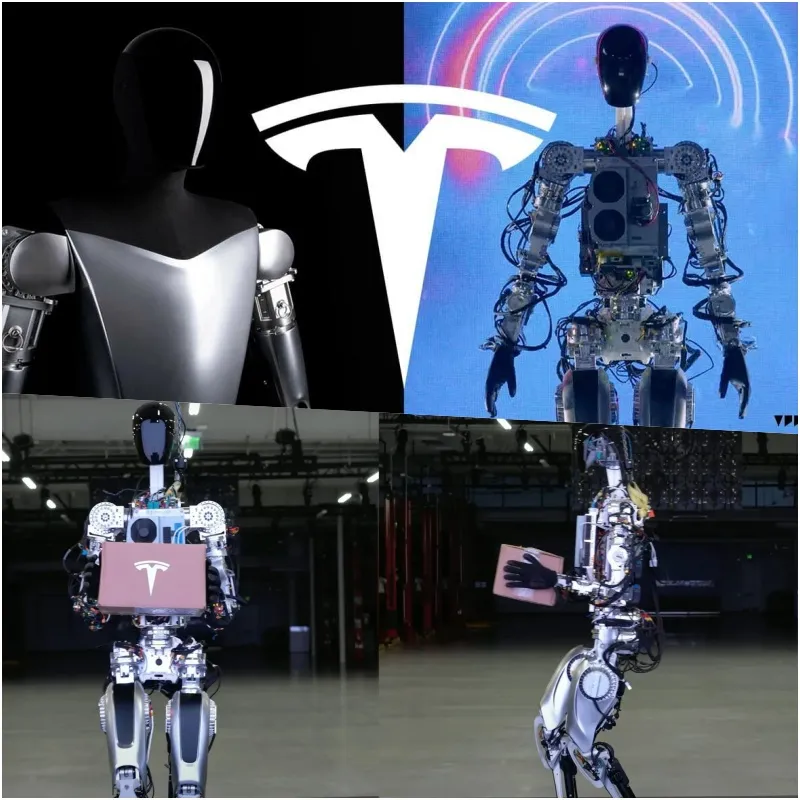
Tesla’s humanoid robot, Optimus, captivated audiences during its first public demonstration at the Cybercab event on October 11. Alongside Tesla’s debut of its new Robovan line, Optimus became a focal point, showcasing a variety of impressive capabilities, such as smoothly distributing drinks, engaging in games like rock-paper-scissors, and even dancing to a remix of “What is Love” by Haddaway. Tesla CEO Elon Musk highlighted Optimus’s evolution, demonstrating the company’s advancement in robotics over the past three years since its initial reveal.
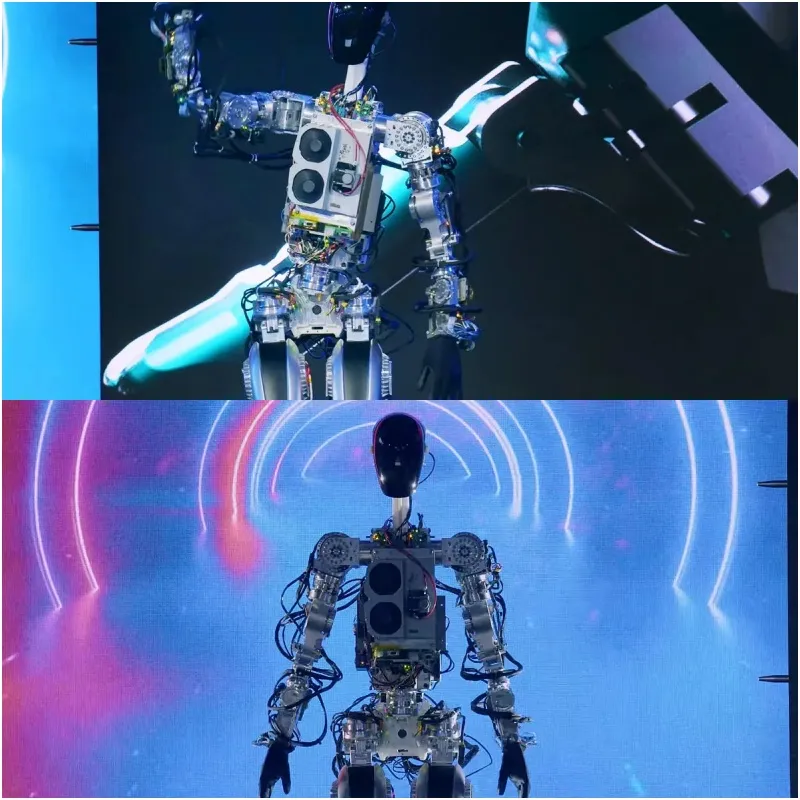
A Humanoid Robot with Real-World Skills
Optimus’s public demonstration marked a significant milestone. During the event, Musk explained that Optimus had progressed far from the “person in a robot suit” he had presented as a stand-in three years ago. The robot is now equipped to perform complex tasks, bringing Tesla closer to its vision of a multifunctional humanoid that could one day assist with various day-to-day activities. Musk described an ambitious future where Optimus could be more than just a novelty but a versatile helper in any field — from dog walking to teaching.
Aiming for Affordability: Optimus’s Price Tag
Musk also disclosed Tesla’s plans for making Optimus financially accessible, setting a future target price between $20,000 and $30,000. He noted that as production scales, the cost could decrease further, making the robot an affordable option for many households and industries. According to Musk, achieving this price point could eventually position Tesla as one of the most valuable companies globally, projecting a market cap of approximately $25 trillion. Musk went even further to suggest that the widespread adoption of robots like Optimus could lead to a future where robots outnumber humans.
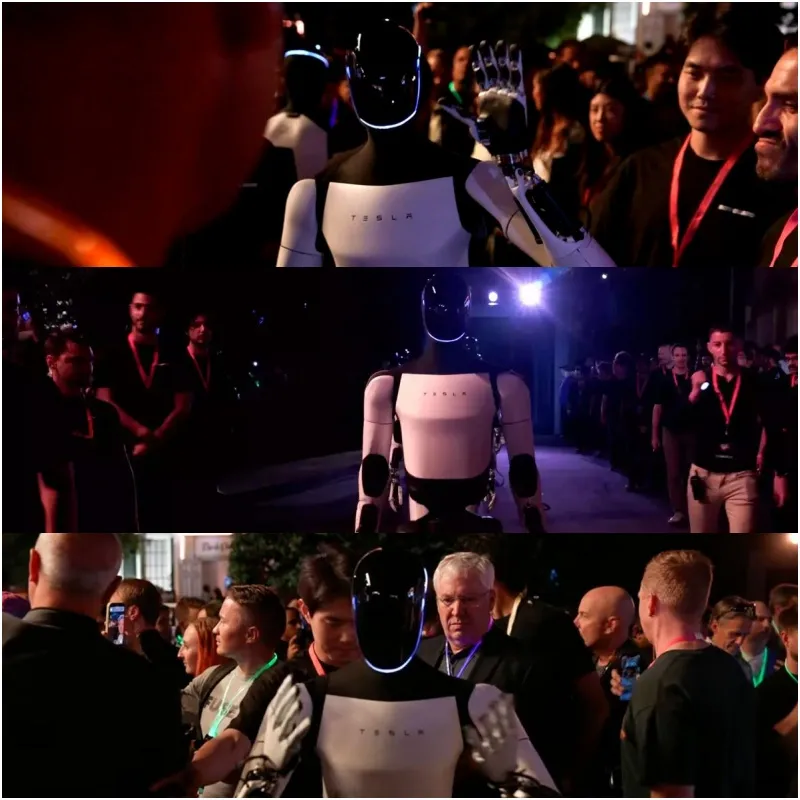
Optimus’s Capabilities and Future Potential
Unveiled initially in 2021, the Optimus prototype stands at 173 cm and weighs 57 kg. It includes a display screen for its “face,” offering information to those interacting with it. While previous demonstrations of Optimus’s skills, such as folding clothes and doing yoga, have been limited to online videos, this was the first time Tesla showcased Optimus live. In recent years, Optimus has made incremental improvements, such as enhanced mobility and task execution.
Optimus at the World Artificial Intelligence Conference
Tesla had previously exhibited Optimus at the World Artificial Intelligence Conference in Shanghai this past July. However, attendees were left disappointed as the robot remained encased in glass, limiting any practical demonstration. This underwhelming showcase made Tesla’s recent live demonstration at Cybercab a critical opportunity to impress audiences and prove Optimus’s capabilities. The robot’s interactions and tasks this time around suggest a positive trajectory for Tesla’s humanoid ambitions, although the company will need to navigate challenges around scaling production and refining the robot’s reliability.
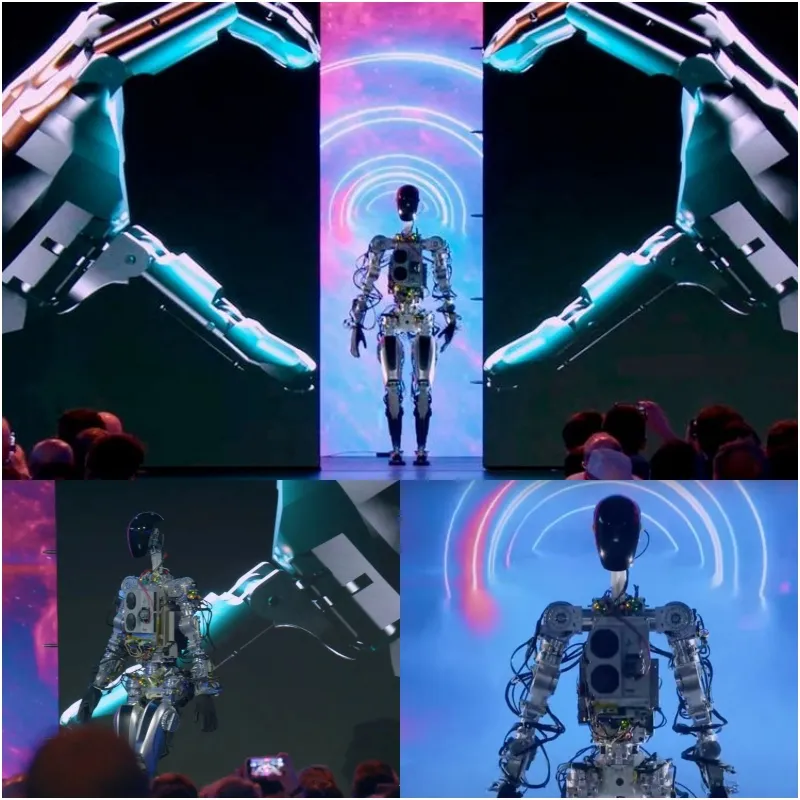
What’s Next for Tesla and Humanoid Robotics?
Elon Musk’s ambitious vision for Optimus could mark a transformative shift in human-robot interactions. Tesla aims to enhance Optimus’s functionalities, creating a versatile, reliable, and eventually affordable humanoid robot capable of assisting with daily tasks and possibly revolutionizing various industries. As Tesla works toward mass-producing Optimus, the company’s innovation in AI and robotics may set new benchmarks in the field, positioning Tesla as a leader in both electric vehicles and autonomous robotics.



